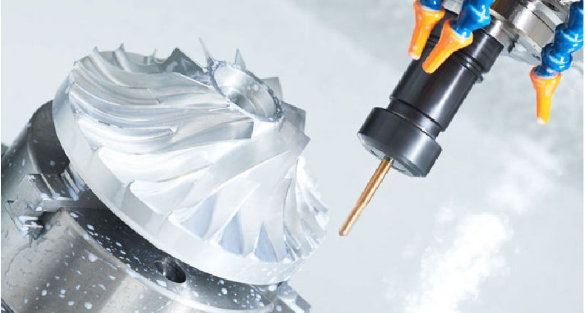The Influence of Government Policies on Manufacturing Tech Trends at ITES
【Introduction】 The Influence of Government Policies on Manufacturing Tech Trends at ITES
The Influence of Government Policies on Manufacturing Tech Trends at ITES
At ITES, we understand how important governmental regulations are in determining the direction of manufacturing technologies. Our selection of exhibitors features a diverse range of businesses that react to and adjust to different laws, incentives, and government programs. Gaining insight into how these rules affect manufacturing technology trends might help predict the industry's future.

Driving Innovation through Supportive Regulations
Government policies often establish the framework for innovation within the manufacturing sector. We have observed that when governments implement supportive regulations, they foster an environment conducive to research and development. Our exhibitors exemplify this trend, as many have leveraged governmental grants and subsidies to develop advanced technologies. By reviewing our exhibitor list, it becomes clear that financial support motivates companies to focus on innovation, from automation techniques to sustainable practices. These advancements not only meet regulatory requirements but also enhance efficiency, productivity, and competitiveness in the global market.
The Push for Sustainability and Compliance
Sustainability has become a significant focal point in government policy, influencing manufacturers to adopt eco-friendly practices. At ITES, we see many exhibitors prioritizing sustainable technologies in their offerings. The increasing regulatory pressure on emissions reduction and waste management has led manufacturers to invest in cleaner technologies and processes. For example, our exhibitor list features companies developing energy-efficient machinery and implementing sustainable supply chain practices. These changes not only help firms comply with government standards but also appeal to environmentally conscious consumers, reinforcing their market position.
Workforce Development through Policy Initiatives
Government policies also play a pivotal role in workforce development, providing the necessary training and education initiatives needed for modern manufacturing. We observe that our exhibitor list includes organizations that actively collaborate with educational institutions to prepare the workforce for the demands of advanced manufacturing technologies. Programs initiated by government bodies to improve STEM (Science, Technology, Engineering, and Mathematics) education are vital in bridging the skills gap. By aligning training programs with industry needs, our exhibitors are ensuring that a skilled labor force is ready to embrace new technologies, ultimately driving growth and innovation in the manufacturing sector.
Conclusion
Our goal is to create an environment where ideas flourish and partnerships are forged, paving the way for a more innovative and sustainable future in manufacturing. By emphasizing the interplay between government policies and manufacturing technology, we hope to encourage proactive engagement from all participants in the industry. Together, we can build a future where manufacturing thrives in a balanced and responsible manner, effectively responding to both market demands and societal expectations.

-1767945544637.jpg)
-1767945687713.jpg)
-1767944405232.png)
